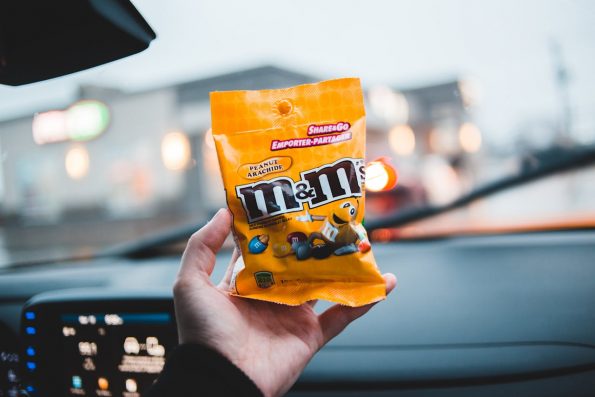The Impact of Packaging on Consumer Buying Behavior
Packaging is no longer just a means to protect products during transit; it has evolved into a powerful tool that can influence consumer buying behaviour. In today’s competitive market, how a product is packaged can significantly impact its success. From the materials used to the design and branding, every aspect of product packaging plays a crucial role in attracting customers and encouraging purchases.
The Psychology Behind Packaging
The first impression a product makes on a consumer is often through its packaging. Research has shown that consumers form judgments about a product within seconds of seeing it on the shelf. This quick decision-making process is heavily influenced by visual elements such as color, shape, and typography. For example, product packaging that uses bright, bold colors can create a sense of excitement, while muted tones might convey sophistication or eco-friendliness. Understanding the psychology behind these elements allows brands to design packaging that resonates with their target audience and drives sales.

The Role of Packaging in Branding
Packaging is an extension of a brand’s identity. It serves as a tangible representation of what the brand stands for and what it promises to deliver. Consistent packaging design helps build brand recognition and loyalty, which can lead to repeat purchases. For instance, a plastic bag manufacturer that emphasises eco-friendly practices might use recyclable materials and include clear messaging about sustainability on their packaging. This not only appeals to environmentally conscious consumers but also reinforces the brand’s commitment to responsible practices.
Packaging as a Marketing Tool
Beyond aesthetics, packaging serves as a marketing tool that can communicate key information about the product. Labels, for instance, provide details about ingredients, usage instructions, and safety warnings, which can influence a consumer’s purchasing decision. Moreover, using QR codes or augmented reality features on product packaging can enhance the customer experience by providing additional content, such as product demonstrations or promotional offers. This level of interactivity can increase consumer engagement and make the product stand out on crowded shelves.
Sustainability and Consumer Preferences
In recent years, there has been a growing demand for sustainable packaging solutions. Consumers are becoming more aware of the environmental impact of their purchases and are seeking products that align with their values. This shift in consumer preferences has led many companies to adopt eco-friendly packaging options, such as biodegradable materials or reusable containers. Brands that fail to embrace sustainability may risk losing market share to competitors prioritising environmental responsibility.
The importance of sustainability is not just a trend but a long-term shift in consumer behavior. A study published by The Startup Magazine highlights that consumers are willing to pay more for products with sustainable packaging. This willingness to invest in eco-friendly options underscores the growing importance of packaging in the overall consumer decision-making process.
Innovations in Packaging Technology
Advancements in product packaging technology are also shaping consumer buying behaviour. Innovative packaging, for example, can monitor the freshness of perishable goods or track the product’s journey through the supply chain. These innovations provide consumers with additional information and reassurance about the quality and authenticity of the product. As a result, innovative packaging can build trust and loyalty, leading to increased sales.
Furthermore, technology-driven packaging solutions are enabling brands to create more personalised experiences for consumers. From custom labels to limited-edition packaging designs, brands can use technology to connect with their audience on a more personal level. This level of customisation not only enhances the perceived value of the product but also fosters a deeper emotional connection between the brand and the consumer.
Conclusion
Packaging plays a pivotal role in influencing consumer buying behaviour. It is more than just a protective cover for products; it is a strategic tool that can enhance brand identity, communicate value, and drive sales. As consumer preferences evolve, particularly towards sustainability and personalisation, brands must adapt their product packaging strategies to meet these demands. By doing so, they can create a compelling brand experience that resonates with consumers and encourages them to choose their products over the competition.

